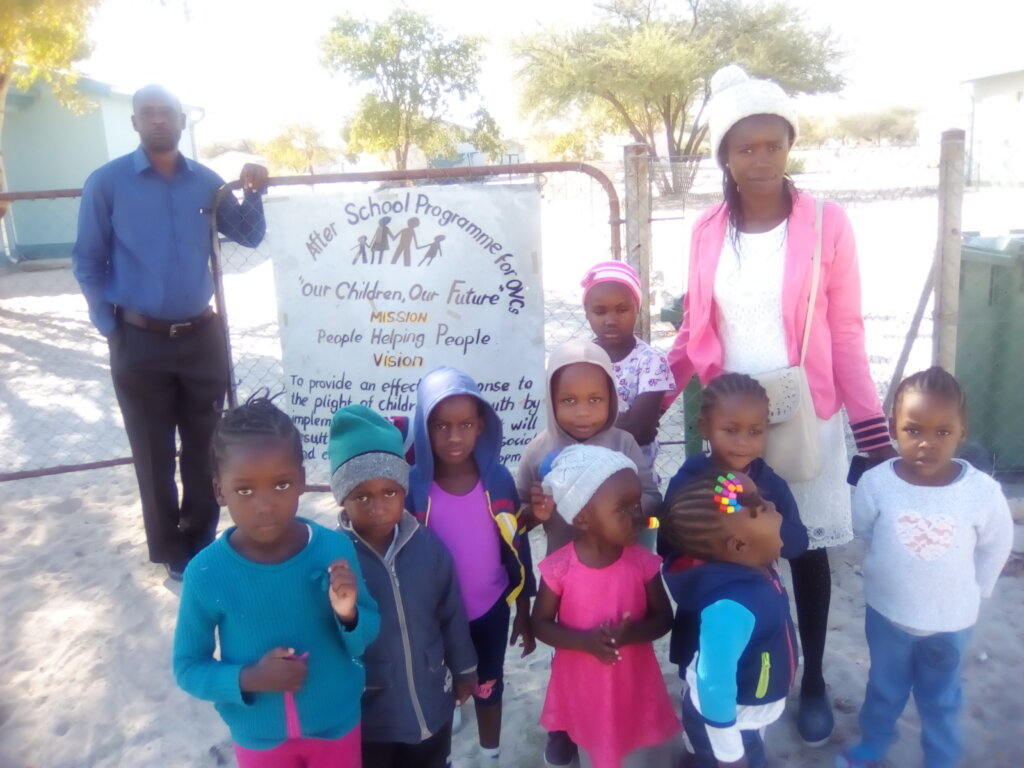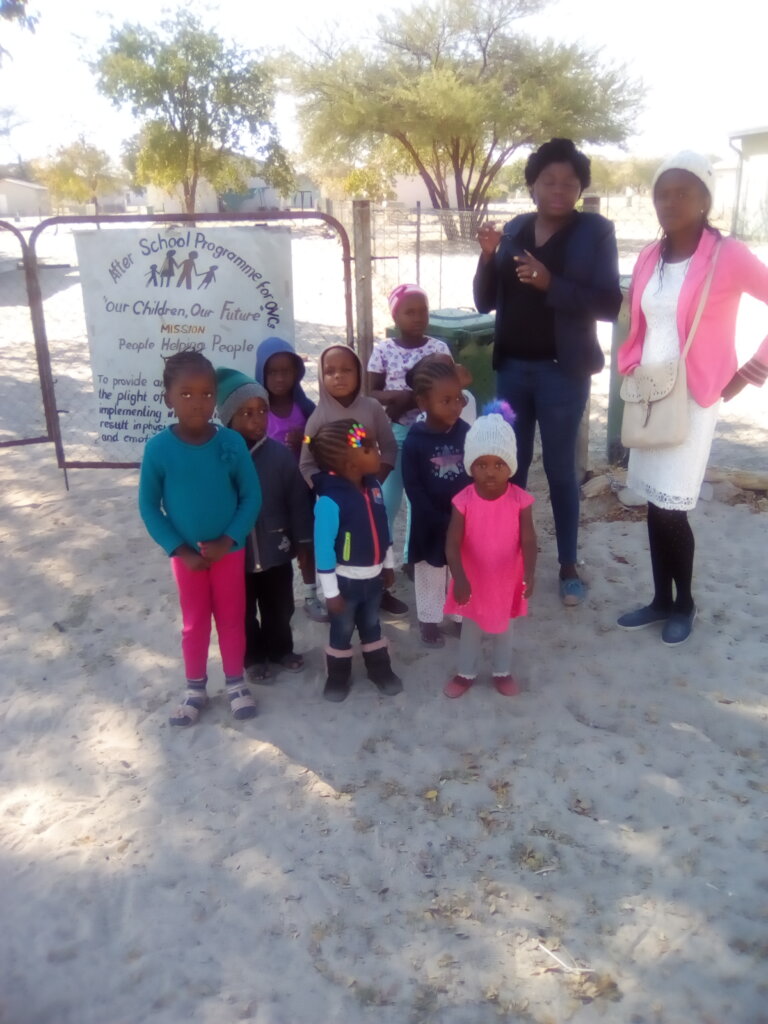By Johannes Shikuloh | Project Leader
Floods are among the global natural disasters that are known to have major negative societal effects. The extent of floods can determine the degree of impact to be made. Floods can cause extensive economic losses, consequently affecting livelihoods, businesses, infrastructures and basic services. This study investigated the impact of floods in communities within the Ohanngwena Region in the northern areas of Namibia. The report revealed that vulnerability to floods is mainly due to lack of resources, poverty, poor infrastructure, limited budget, inactive disaster risk management structures in the region, rapid population change, non-existing Early Warning System (EWS), lack of awareness of the flood impacts, low income, and the fact that many houses are headed by females. In the absence of coping strategies, communities mainly depend on external relief, particularly for temporary shelter and provision of basic needs. It was concluded that the ability of communities and individuals to cope with flood impacts is related to their culture, history, knowledge system, power dynamics and governance. A further conclusion was that, the vulnerability of communities in the Ohangwena Region resulted in reduced household resilience to flood disasters. The report recommended a further investigation into other flood prone regions in Namibia. Other notable recommendations included:
• the availing of information on climate variability and best coping strategies in flood prone communities,
• flood hazards awareness,
• developing and implementing mitigation measures for flood disasters,
• development of a policy on the construction of houses in efforts to avoid flood risks,
• and the development of information communication channels for EWS.
In addition to the objectives the research addressed the following questions: i) What negative impact did previous
floods have on the community? ii) Is the community aware of the risk that is being posed by the Cuvelai River
Basin? iii) What leads the floods to become disastrous?
1.2 Importance of the Problem
The Oshana community is exposed to flooding on an annual basis since 2004. People flee their homes when it
floods but still go back to their homes when the water drains. Because of the flooding, commercial and industrial
activities are disrupted, local access to health facilities and schools being cut off, urban sewage sys
1.1 Importance of the Problem
The Ohangwena community is exposed to flooding on an annual basis since 2004. People flee their homes when it floods but still go back to their homes when the water drains. Because of the flooding, commercial and industrial activities are disrupted, local access to health facilities and schools being cut off. Most people in the Ohangwena region live in rural areas, with their income highly depending on subsistence farming. Many farmers lose the majority of their annual harvest as well as their livestock, jeopardizing their income and food sources.
Many rural residents, lose their homes to the floods, in some cases houses made
of mud simply washed away by the floods. Most of the reported deaths occurred late in the night or in the early hours of the morning when victims walked back home through the flooded in Iishana (Plain Areas) and drowned, in addition a few people drowned in the attempts to paddle on safer grounds by the use of hurriedly made canoes.
Floodwater became a hazard for learners who have to cross-streams and floodplains to get to schools.
The project is now at hard to fundraise funds in preparation, to assist the flood victims as flooding months December, January are approaching.
Community Discussion
The project has been engaged community members in Progression of Safety to reverse the Pressure and Release model (PAR). The objective of the progression of safety is to reduce risks by addressing the root causes, dynamic pressures and unsafe conditions.
By addressing root causes of vulnerability, the vulnerable community would get more access to local resources and power structures as well as foster change in any exploitive political and or economic situation. This would lead to the development of local institutions for the support of special groups in the community, availability of further education and training for the necessary skills to create sustainable livelihoods, support of local investments and the extension of markets.
1.2 Addressing Root Causes
Root causes are deep rooted set of factors that together form and maintain vulnerability: Ohangwena region has a high rate of poverty which is a result of low employment rate. Most of the community members solely depend on their mahangu and livestock farming for their income which is not constant. Poverty affects the majority of people in the region and the government can reverse it through job creation strategies. By addressing poverty, the region and the government have to conducting a risk reduction measure, which will eventually lead to disaster reduction.
It is also a must that the government through local authorities and regional council build better infrastructures such as roads, bridges and communication systems. Poorly constructed infrastructures led to bridges being washed away during floods thereby cutting off many villages from basic services.
The project had challenges especially due to time constraints, the vast area covered
by the project and the recent devastating flood and the funds received, it was not possible for the project to support a
great number of members of the community or assess the entire area affected. Secondly, some people were traumatized by the recurrence of the flood and by the great loss that they have suffered and therefore could not give interviews.
Thirdly, frustration towards the government was mounting high and some persons especially the villagers assumed
the project was a government representative. They expressed their views that they were tired of the government
just interviewing them and not bringing about change.
Links:
Project reports on GlobalGiving are posted directly to globalgiving.org by Project Leaders as they are completed, generally every 3-4 months. To protect the integrity of these documents, GlobalGiving does not alter them; therefore you may find some language or formatting issues.
If you donate to this project or have donated to this project, you can receive an email when this project posts a report. You can also subscribe for reports without donating.
Support this important cause by creating a personalized fundraising page.
Start a Fundraiser
